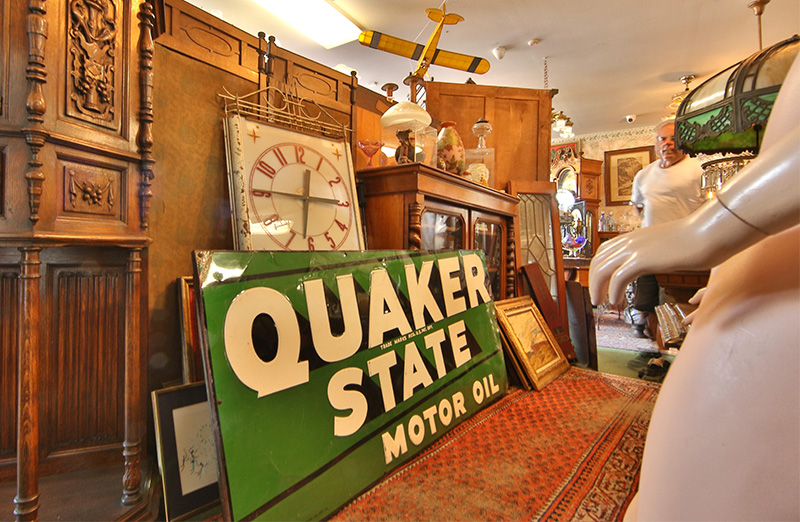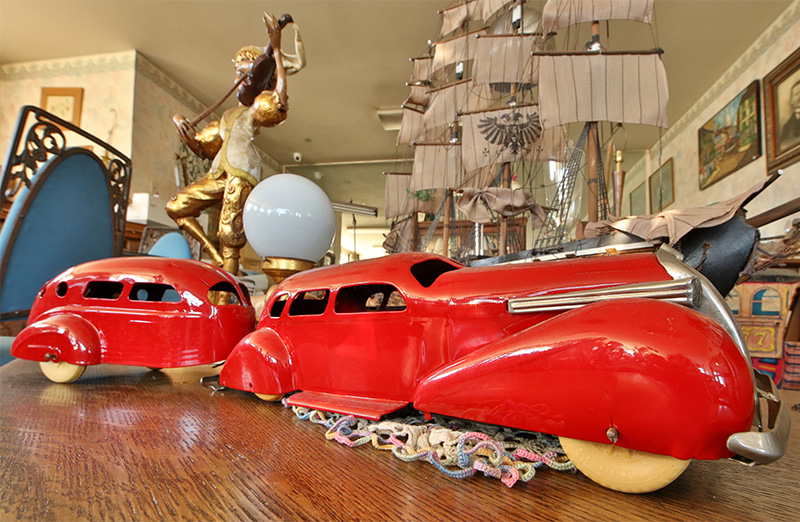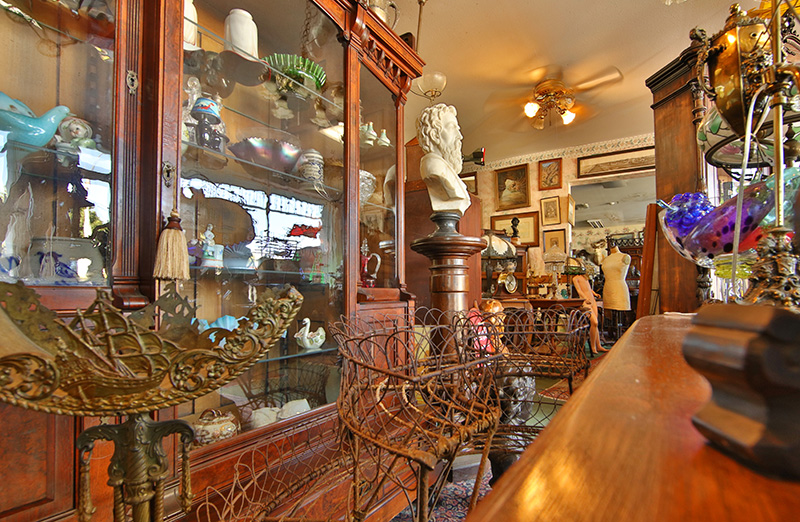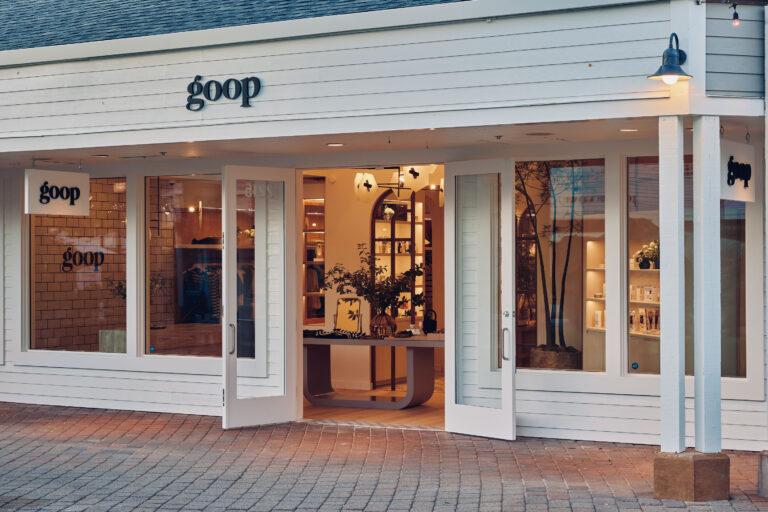
Antique Corral is a Treasure Hunter’’’s Delight for Collectors and Creatives Alike
In the early 1970s, Gary Bernstein opened a plant store in Redondo Beach along Pacific Coast Highway. He decorated the place with antiques and crossed his fingers. “Pretty soon,” he recalls, “we were selling more antiques than plants.” So, as the market had spoken, Bernstein answered by ditching the plants and filling his store with antiques and collectibles. Forty years later, Antique Corral stands as a South Bay bastion of one-of-a-kind delights in what one might consider an increasingly homogenized design landscape.
The store’s three big rooms are pleasantly packed with sculptures and clocks, paintings and collectibles and stately Victorian furniture that mingles with Gothic, French Empire and Arts and Crafts pieces. It’s an ideal destination for both the keen-eyed designer who knows how to put items together, and the fledgling collector, new homemaker, or someone in the process of cultivating their own eye while discovering what they love. And if one is curious about an item or wants to know if a specific style or vintage is in stock, feel free to fire off any questions to Bernstein. (Here’s betting he’ll know the answer.) An unassuming man whose uniform is usually a t-shirt, jeans and running shoes, Bernstein is laconic and pleasant, and with a few words can download the essentials of any piece in the house. This encyclopedic recall is a good thing, since his store is as diverse as it is vast.

Walls that are lined with original canvases of 20th-century landscape painters like Conrad Buff and Anton Gutknecht are then interspersed with authentic Americana signs (think Quaker State Oil, for instance), some in porcelain. A row of vintage hardbound books, art unto themselves, is situated next to a pair of clear, Mid-Century acrylic stands. There’s a Tiffany-style panel lamp perched a step or two from a 1930s slot machine, which is neighbor to an ornate cut-glass bowl rimmed in silver hailing from the American Brilliant period of the late-1800s and early 1900s, explains Bernstein. And even more.
“It’s Libbey with the sword,” he says, explaining how the famed glassmaking firm Libbey used a sword in its logo for a specific number of years, the key to tracing the vintage of this piece. “Guys actually went blind carving these,” he adds.

On the day of our visit, Persian rugs decorate the entrance, along with a hefty teak chest lined in aromatic camphor wood, made in Hong Kong and sold in England.
“It was a hot thing back in the 1940s and 1950s, the English really liked them,” Gary Bernstein points out. Chalk up the eclecticism of Antique Corral to the fact that a great deal of its stock has been acquired via lot or estate sales. “We get probably 75 percent of our inventory from people bringing it in and selling it to us,” says Gary Bernstein. That’s where the fun comes in, and not just for the customer on the prowl for a new pulse raising painting, piece of furniture or other acquisition, but for Gary Bernstein as well, who, decades into owning the place, still exalts in the treasure hunting aspect of his trade. “Every day it’s something different,” he says. “You never know what’s going to happen, and you never know what you’re going to get.”

A recent red-letter acquisition, for instance, is a turn-of-the-century dining set by R.J. Horner, a Victorian furniture maker from Manhattan whose firm was famed for its exquisite woods and intricate carvings, that Gary Bernstein sold for $40,000. Then there are items that sell within hours of Bernstein setting them out, like a pair of vintage pinball machines or a piece of Arts and Crafts furniture. “I had it for like, an hour, before a customer snapped it up,” says Bernstein of the latter item, adding that this is not unusual for merchandise from the high-demand era.
Despite his depth of knowledge and years in the antique business, Gary Bernstein isn’t keen on doling out advice on which styles, time periods or artisans a customer should favor. When asked, though, he offers the following: “Buy what you like. Don’t just buy it because someone says, ‘Oh, that’s the hot thing.’ Everybody has their own tastes, it’s what makes the world go around.”
Antique Corral
145 Pacific Coast Highway, Redondo Beach, CA 90277
310.374.0007
Photography by Paul Jonason


